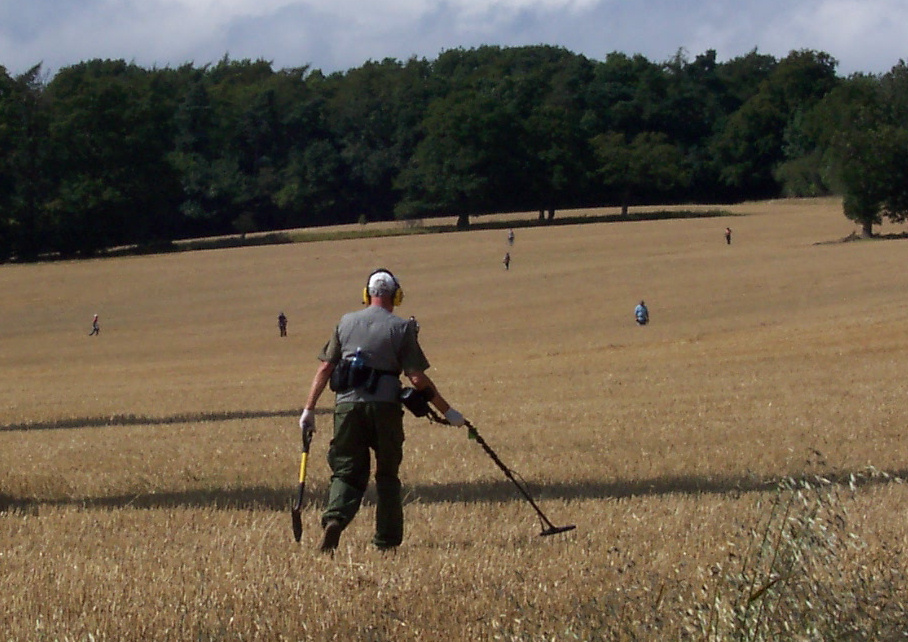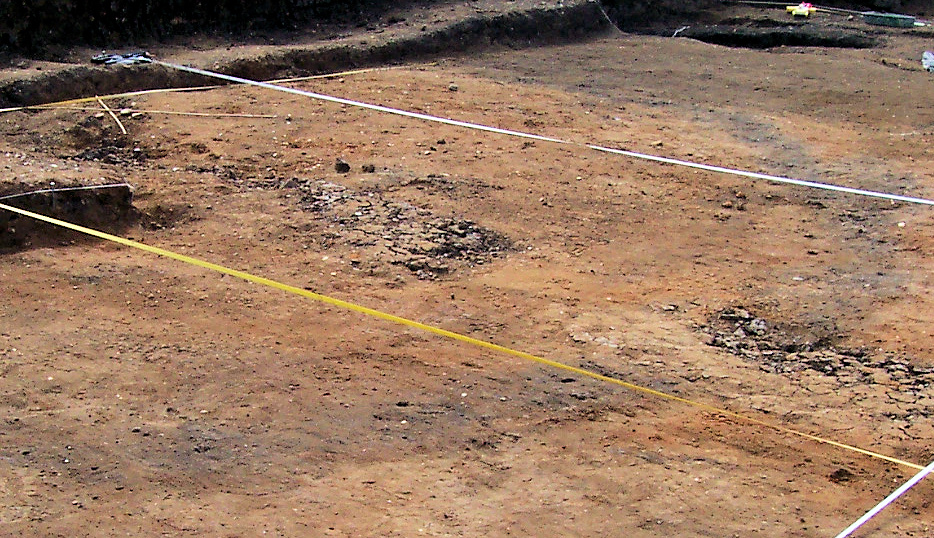MPhil Dissertation
An Assessment of the Archaeological Research Dividends of the Portable Antiquities Scheme: A Case Study of Bronze Age Metalwork from East Anglia

The Portable Antiquities Scheme (PAS) is a voluntary scheme which encourages members of the public, particularly metal detectorists, to report archaeological finds. This dissertation (submitted in August 2008) assessed the potential contribution of the PAS to archaeological research by means of a case study, comprising Bronze Age metalwork recorded by the Scheme from Cambridgeshire, Norfolk and Suffolk (East Anglia), alongside a comparative dataset collected from East Anglian Historic Environment Records (HERs). PAS and HER Bronze Age artefact- and findspot-based data were compared in terms of data quality, accessibility and proportions of artefact types. Preliminary application of these data was then undertaken to investigate metalwork deposition in the Bronze Age landscape.
Results revealed that PAS data were generally more accessible and consistent than their HER counterparts, and the Scheme recorded artefact and provenance information to a higher standard. PAS records enhanced knowledge of previously under-represented artefact types, provided data with which to consider little-researched topics and, in conjunction with HER data, qualified previous understandings of Bronze Age metalwork deposition. This study therefore demonstrated that the Scheme represents a valuable source of data for archaeological research and reinforced arguments for the continued funding of the PAS beyond 2009.
BA Dissertation
Inside and Outside the Roundhouse: Spatial Analysis of Charred Plant Remains from the Lower Great Ouse Valley

Archaeological interpretations of the house often rely heavily on anthropology and modern Western values, while analyses of domestic space are artificially divorced from the broader settlement. This dissertation (submitted in May 2007) addressed these issues for the Late Bronze Age/Early Iron Age roundhouse, using the case study of Barleycroft Farm and Over Sites 5 and 9, in the Lower Great Ouse Valley, Cambridgeshire. The first part of this dissertation outlined problems inherent in widely accepted modular settlement and cosmological models of the roundhouse. These models associate food-preparation activities with ancillary structures and peripheral 'dirty' areas, and emphasise southeasterly-facing entrances, the domestic hearth, and binary oppositions including centre:periphery, clean:dirty (rubbish being tidied into inconspicuous repositories), and southwest(right):northeast(left).
Spatial analyses of charred plant remains were offered in order to critique these models, and concepts such as structured deposition were explored to problematise assumptions about rubbish disposal. Results indicated that structuralist dichotomies cannot be upheld, and suggested that deposition of crop-processing products and by-products demarcated significant spaces, especially conspicuous spreads and entrances at both house and settlement scales. However, patterning of archaeobotanical distributions varied among the sites studied, suggesting that uses and perceptions of space were open to multiple readings. Implications of these distributions were also discussed with respect to movements in space and concepts of time.